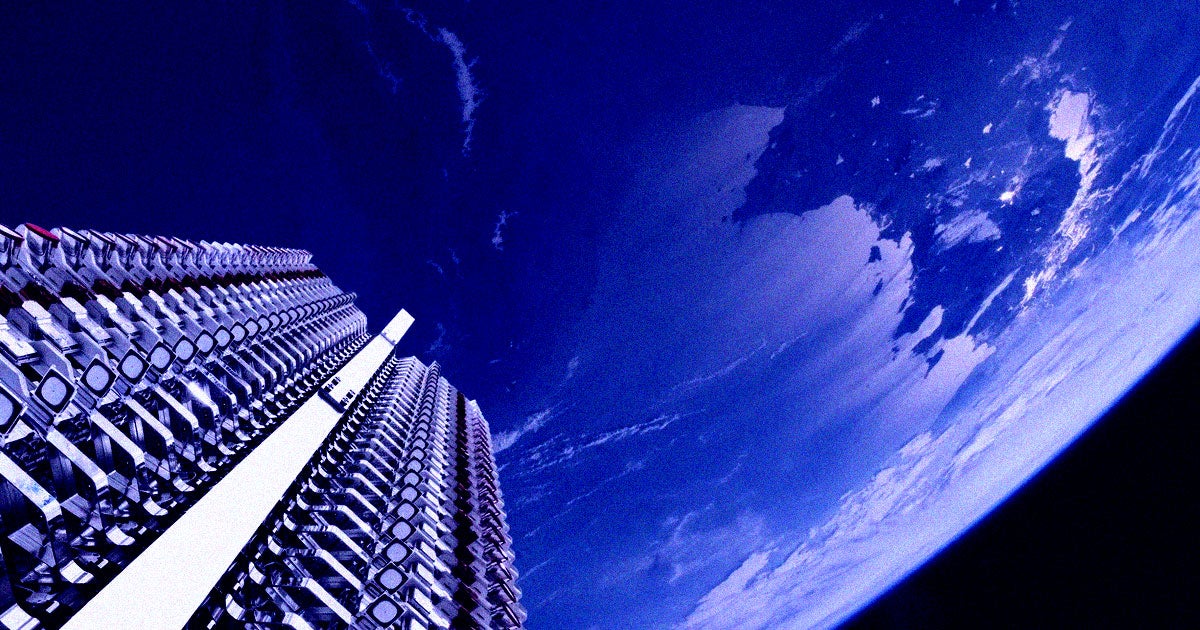- cross-posted to:
- furry_scientists@pawb.social
- cross-posted to:
- furry_scientists@pawb.social
Abstract from the paper in the article:
https://agupubs.onlinelibrary.wiley.com/doi/10.1029/2024GL109280
Large constellations of small satellites will significantly increase the number of objects orbiting the Earth. Satellites burn up at the end of service life during reentry, generating aluminum oxides as the main byproduct. These are known catalysts for chlorine activation that depletes ozone in the stratosphere. We present the first atomic-scale molecular dynamics simulation study to resolve the oxidation process of the satellite’s aluminum structure during mesospheric reentry, and investigate the ozone depletion potential from aluminum oxides. We find that the demise of a typical 250-kg satellite can generate around 30 kg of aluminum oxide nanoparticles, which may endure for decades in the atmosphere. Aluminum oxide compounds generated by the entire population of satellites reentering the atmosphere in 2022 are estimated at around 17 metric tons. Reentry scenarios involving mega-constellations point to over 360 metric tons of aluminum oxide compounds per year, which can lead to significant ozone depletion.
PS: wooden satellites can help mitigate this https://www.nature.com/articles/d41586-024-01456-z



I live in rural California. We only just this year are able to pick up a faint LTE signal. I think it might get us a very unstable 1-2 Mbps if we hold the phone just right. We have no cable, DSL or other land-based options and because of the topography can’t pick up the local wireless provider, which is very expensive anyway - like $175/month for 50/5
So without Starlink our only options are crappy regular satellite providers like Hughesnet which impose very low quotas - 10 GB monthly for day time usage - and have insane latency.
It bugs the shit out of me I have to give money to that fuckwit but without it we live in the dark ages.